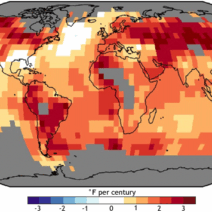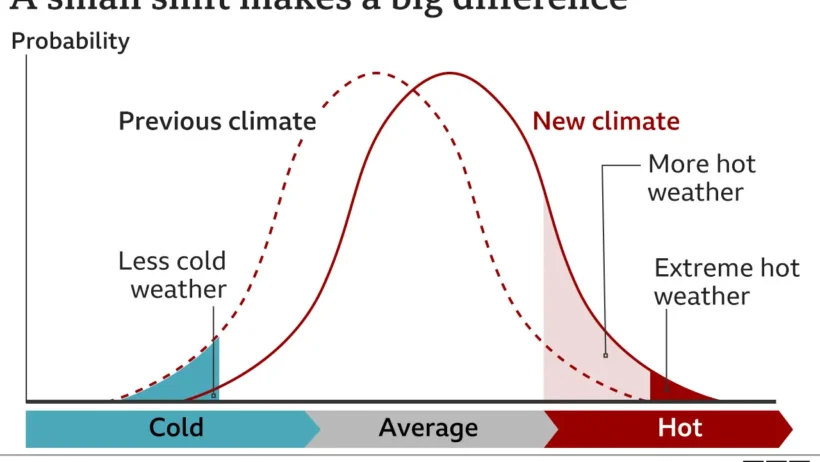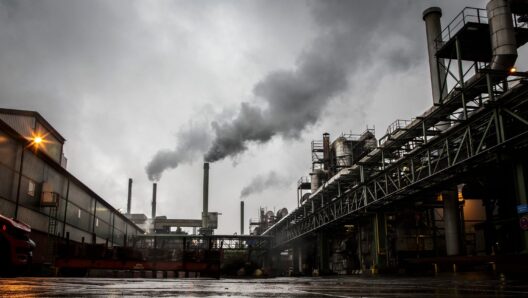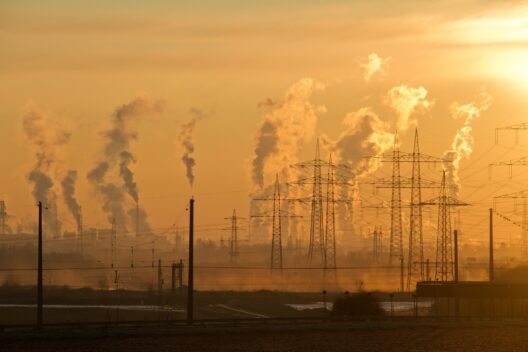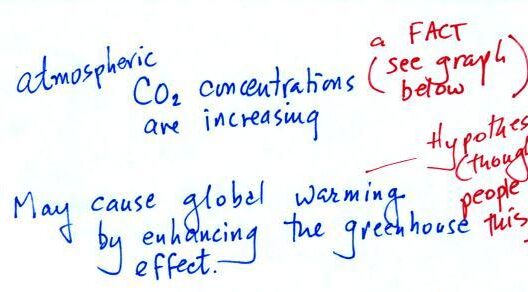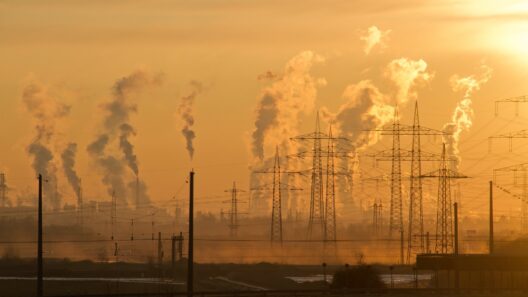As global temperatures escalate, one cannot help but wonder: are we adequately prepared to confront the sweeping ramifications of heatwaves on public health? Heatwaves, characterized by prolonged periods of excessively high temperatures, are not merely uncomfortable episodes; they pose significant threats that can escalate into public health crises. This discourse elucidates the nexus between heatwaves and health, contemplating the multifaceted complications arising from a warming planet.
Firstly, it is essential to comprehend the mechanics of heatwaves. Typically defined as a stretch of days experiencing high temperatures far above the average norm, heatwaves can lead to myriad health issues. But what truly magnifies their effect is the interplay of various climate-related and socio-economic factors. Urbanization, for example, exacerbates the phenomenon through the urban heat island effect, where cities absorb and retain heat, consequently leading to intensifying temperatures.
In this backdrop, vulnerable populations, including the elderly, children, individuals with pre-existing health conditions, and those lacking socio-economic resources, bear the brunt of heat-related health repercussions. Heat exhaustion and heat stroke emerge as dual specters during these oppressive conditions, often manifesting with symptoms ranging from dizziness and headache to uncontrollable body temperature and even loss of consciousness. Without immediate intervention, these conditions can prove fatal.
Moreover, the ramifications of heatwaves extend beyond immediate physical ailments. There is a burgeoning body of evidence linking prolonged exposure to high temperatures with mental health challenges. Studies indicate that extreme heat can catalyze anxiety, depression, and exacerbated mood disorders, thereby creating a relentless feedback loop. As individuals grapple with heat stress, their mental well-being invariably suffers, leading to increased instances of psychological distress.
Consider, for a moment, the urban dweller who faces a heatwave without adequate access to air conditioning. Beyond the physiological impacts, the psychological strain mounts when unable to escape the suffocating temperatures. The insidious nature of heatwaves can thus chip away at individual resilience, leading certain populations to experience chronic stressors that coincide with rising heat levels.
It is crucial to note that the interplay of heatwaves and public health does not occur in isolation. The rise in temperatures can also instigate an increase in air pollution levels. High temperatures can catalyze the formation of ground-level ozone, which aggravates respiratory conditions such as asthma and chronic obstructive pulmonary disease. This intersection of heat and deteriorating air quality becomes particularly precarious for those already grappling with respiratory ailments. Can we then accelerate our efforts to curtail emissions for cleaner air while tackling the intensifying heat?
Additionally, heatwaves contribute to the elevation of vector-borne diseases. As the climate warms, the habitats of insects like mosquitoes and ticks expand, facilitating the spread of diseases such as West Nile Virus and Lyme disease. The conflation of heatwaves with these public health threats does not merely serve as an increasing concern; it transforms into a daunting challenge that mandates a comprehensive response. How do we bolster our health infrastructure amidst the impending wave of heat-related maladies?
Addressing these challenges requires a multi-pronged approach that incorporates education, community engagement, and public policy reform. Advocacy for awareness campaigns can empower individuals to recognize the symptoms of heat-related illnesses, thereby encouraging early intervention. This community-centric model is pivotal. Engage with local health authorities to create equitable access to cooling centers designed to provide refuge during peak heat periods. Are we ready to cultivate a culture of proactive engagement in our communities?
Furthermore, urban planning must reflect an acute awareness of the evolving climate landscape. Implementing more green spaces, increasing tree cover, and investing in reflective surfaces can mitigate some adverse effects of urban heat islands. These measures can cool neighborhoods while improving air quality. Thus, urban architects possess a considerable degree of agency to shape healthier cities amidst burgeoning temperatures.
Moreover, it is imperative to advocate for policies that prioritize renewable energy and emissions reduction. The trajectory of rising global temperatures is intrinsically tethered to our collective carbon footprint. Harnessing sustainable practices within industries and residential sectors is no longer a mere suggestion; it is an obligation. If we fail to reconceptualize our energy systems, heatwaves will become an enduring affliction rather than a transient crisis.
As we navigate this complex terrain, interdisciplinary research emerges as a linchpin in understanding and mitigating the effects of heatwaves on health. Collaborations among climatologists, public health officials, urban planners, and policymakers can yield comprehensive strategies to anticipate and respond to climate extremes. This collective investment in knowledge serves as a bulwark against the health threats posed by an increasingly warm world. Are we prepared to foster such collaboration in the name of public health?
In conclusion, the health impacts of heatwaves underscore an urgent public health crisis that cannot be overlooked. As global temperatures continue to rise, the convergence of various health challenges presents an escalating threat particularly to vulnerable populations. Yet, within this challenge lies the potential for community engagement, policy reform, and intersectoral collaboration. The time for action is now, for inaction will only magnify the crisis ahead. Are we ready to act, or will we succumb to complacency as the heat rises?
